Holidays, long weekends and vacation breaks are perfect opportunities for us to take a break from our daily chores. For some people, their idea of indulging this extended respite is staying at home. But for those of us who are a little more restless, a road trip with friends and family is the perfect way to spend the time off.
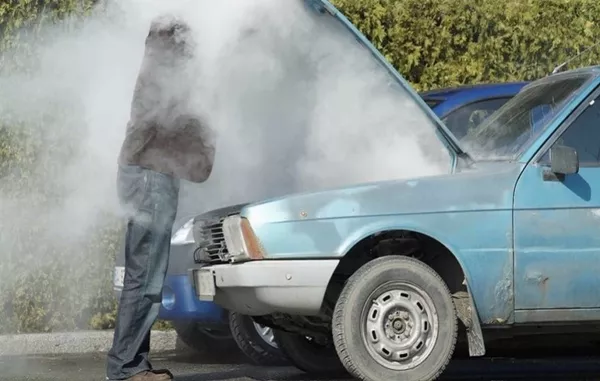
Holidays, long weekends and vacation breaks are perfect opportunities for us to take a break from our daily chores
If you choose the latter, there are both opportunities and pitfalls; after all, you’ll be relying exclusively on your vehicle to get to your chosen destination, and this trip is anything but short and sweet.
An extended drive logically requires that your vehicle is in tip-top shape, but going by Murphy’s Law, sometimes even that wouldn’t be enough to prevent problems from coming up.
Read this Philkotse.com article about some of the things that can possibly go wrong (and that you should prepare against) when on a road trip.
1. A dead battery
Imagine this scenario: you’re halfway on your journey when the car suddenly runs out of power. No lights, no radio, no airconditioning, nothing. Cars don’t just run on gasoline or diesel, they also need electricity, primarily via the battery. Before you embark on a long trip, have your battery checked, especially if it’s more than a year old.
If the charge is low, you can try having it recharged at the battery shop, but if the battery is around two years old, it might be more practical to have it replaced altogether. A dead battery is the last thing you’ll want to deal with on a scorching hot day when you’re far away from the nearest air-conditioned stop.
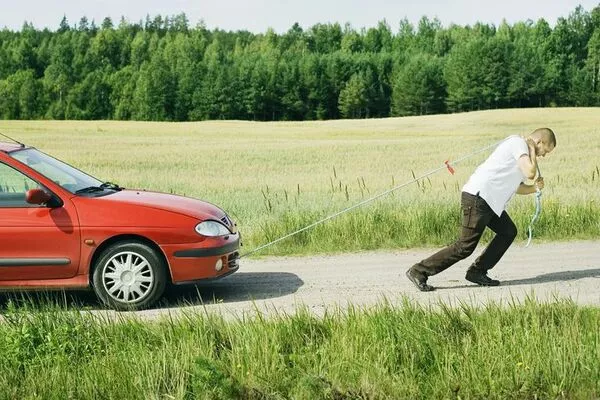
Make sure to have your battery checked prior to the trip
>>> Significantly important to know: Will a dead and dying battery destroy your cars’ alternator?
2. Tire failure
A leading cause of road accidents is tire failure, specifically tire blowouts. If it happens in an area with light traffic, such as on remote provincial roads, it would be difficult to call for assistance.
If it occurs in a congested area, it can result in a collision with other vehicles. Flat tires are less dangerous since they would merely be slowing you down, but they are no less inconvenient.
Before going on a trip, remember to have the tires checked for the proper pressure, treadwear and if the body doesn’t have significant damage such as multiple punctures or cracks on the rubber.
If you suspect that the tires will not be able to hold up on the journey, have them replaced as soon as possible.
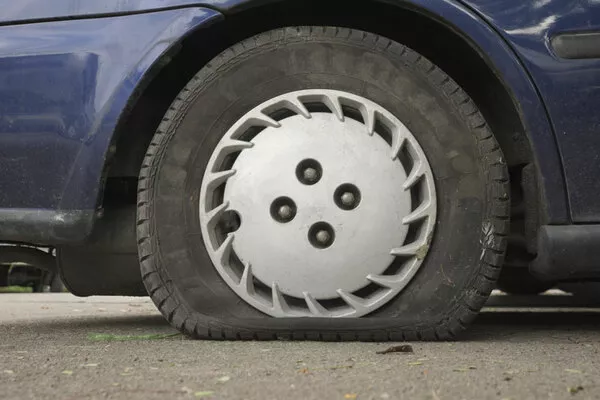
Remember to bring the essentials, including a spare tire, tire wrench, and jack
And be sure to bring the essentials: a properly inflated spare tire, tire wrench, jack, compact air compressor, and a tire gauge. Plus points if you bring a tire patch kit and actually know how to use it, just in case there’s no vulcanizing shop insight.
You also might want to learn all about changing a flat tire, which will come in handy not only on your particular trip but on every other instance that you’re on the road.
3. A streaky wiper
Although most people naturally plan to take their trips in beautiful weather, encountering rains or thunderstorms midway in the journey is not unheard of. It is extremely dangerous to traverse a road without seeing anything in your path, especially when the wipers leave streaks on the windshield instead of actually removing water from your field of view.
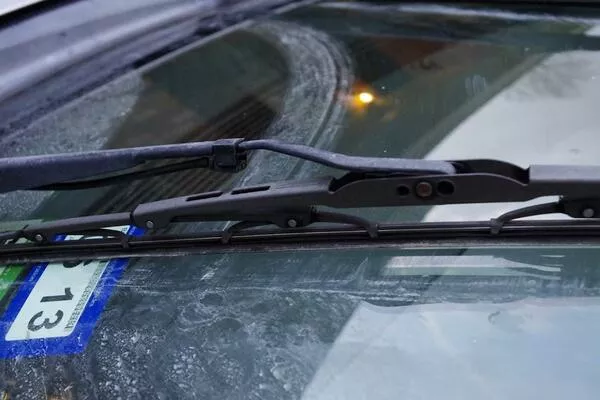
Make sure to remove debris off your windshield and wipers
Check the wipers for any debris that may be hampering their performance. If the wipers turn out to be brittle and nicked, replacing them is the way to go. You can also apply the anti-rain cleaning solution to the windshield glass; this causes the water to bead and slide, making it easier for the wipers to remove them from the surface.
>>> Also check: When & How to replace your windshield wiper blades?
4. Engine failure
Even without a driver’s license, practically everyone knows that the engine is the heart of a car; without it, you can’t expect any forward movement (or any kind of movement, for that matter).
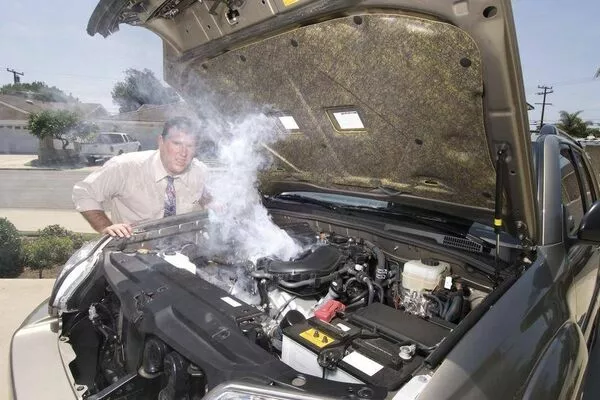
Bring your car in for a needed tune-up
If athletes need to get in shape if they expect to last in a match, the same is expected of your engine, by having the car brought in for the necessary tune-up and adjustments. By the time you’re ready for the trip, you can be fairly sure that the engine is already in its best condition to last the journey with you.
5. A failed transmission
The engine isn’t the only thing responsible for getting the car moving, as all the power it generates would be useless without the transmission channeling all that output to the drive wheels. Listen carefully to your transmission while you drive.
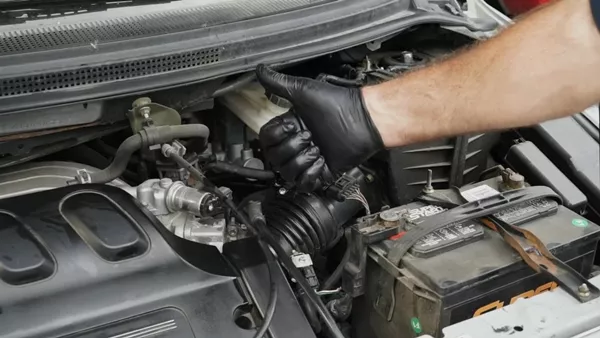
Listen carefully to your transmission while you drive
If it makes unusual noises while you shift while in neutral, or if you notice fluid leaking directly underneath the gearbox, there might be something wrong. Having the transmission fail while running on the highway, and especially when attempting an overtaking maneuver, is dangerous as it compromises your ability to control the vehicle safely.
Have your transmission checked for a system flush and change in transmission fluid before going on a long road trip, to prevent issues later on.
>>> Grasp your attention: How to troubleshoot a failing transmission.
6. An empty tank
When it comes to knowing whether your car still has enough fuel in the tank, that’s what the fuel gauge is for. Make sure that the gauge is working properly especially for analog ones, as rats can nibble on the floater cable, resulting in the gauge giving you faulty readings.
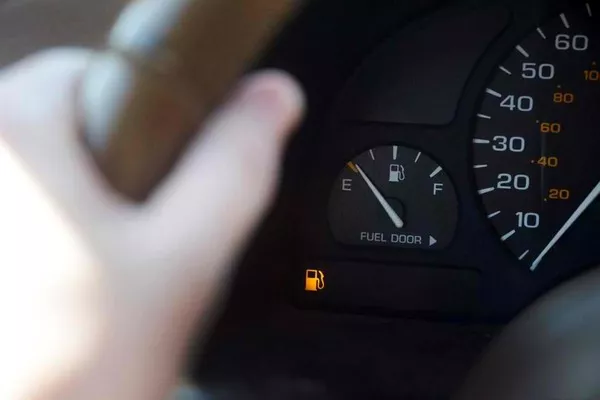
Never start a long drive on anything less than a full tank
And remember to fill your tank before going on a trip, particularly when you’re headed somewhere that may or may not have gas stations in it, much less the brand that you use.
On the return trip home, it makes good sense to fill up your car as well. Either way, it’s not an ideal situation to be stranded somewhere on an empty tank with no means of fueling up insight.
7. Overheating
A cabin akin to a sauna is one thing, but an engine running hot is something else entirely, especially if part of your journey includes uphill drives that force the engine to work harder. If the cooling system is not up to the task, the engine will likely overheat.
You can prevent this by making sure that the engine’s cooling system is working properly prior to your trip, including the radiator, the auxiliary fan, the radiator hoses.
The level and condition of the engine oil should also be checked since insufficient lubrication or sludge from the old oil will cause the engine to work harder than necessary.

If the cooling system is not up to the task, the engine will likely overheat
Once the engine overheats indicator lights up on your instrument panel, pull over and let the engine cool down, then check if there is any coolant or engine oil leaking out.
>>> Related article: What to do if your car overheats: 10 must-know things for Pinoy drivers.
8. Brake trouble
By far, this is the most dangerous issue you can encounter; you can never predict an emergency situation which will require you to rely heavily on your brakes, so before they give out prematurely, have your braking system checked in advance.
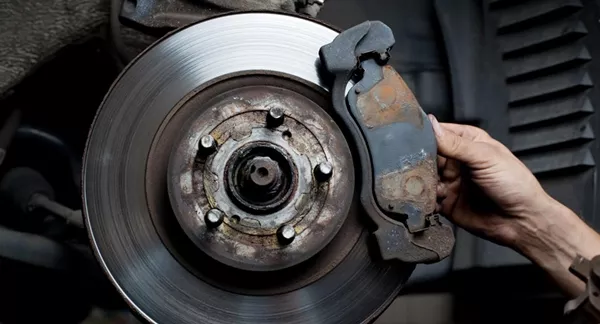
Evaluate the condition of your brake pads and calipers, replacing them where necessary
Evaluate the condition of your brake pads and calipers, replacing them where necessary. If the rotors need refacing, then do so. And make sure that you have sufficient brake fluid in the reservoir.
You’ll never know what to expect when you’re on the road, and the above tips will help in making sure you’re your road trip will only have more of the good surprises, and less of the bad.
Recent posts
- Prepare your ride for rainy season: 6 common car problems & tips to avoid Aug 16, 2022
- Summer road trip checklist: Are you ready for your next adventure? Aug 16, 2022
- 8 surviving tips when going on a road trip with your kids Aug 16, 2022
- 8 common car problems during summer and how to avoid them Feb 15, 2019
- Check out 5 car problems which are not worth repairing May 30, 2018












